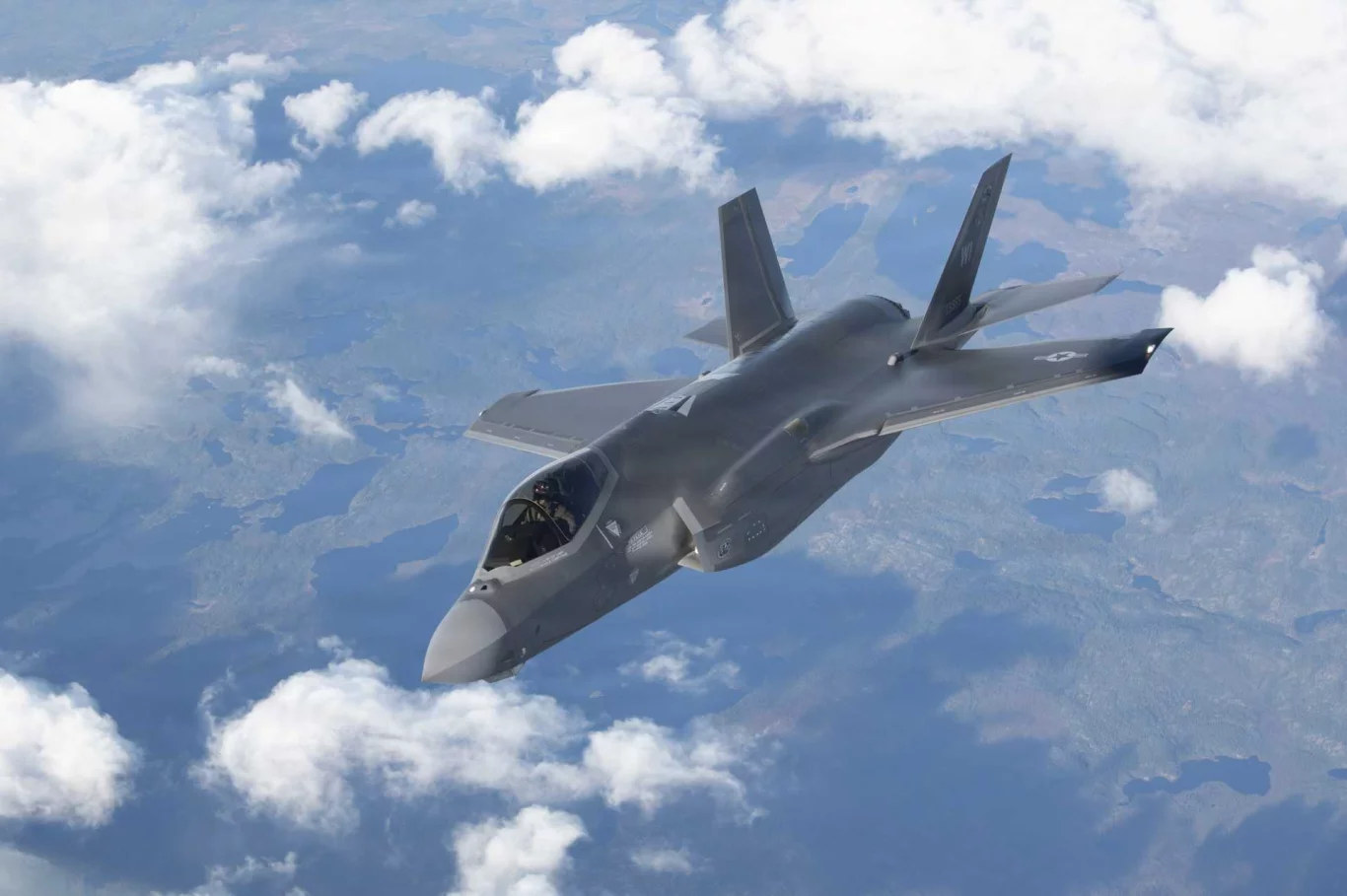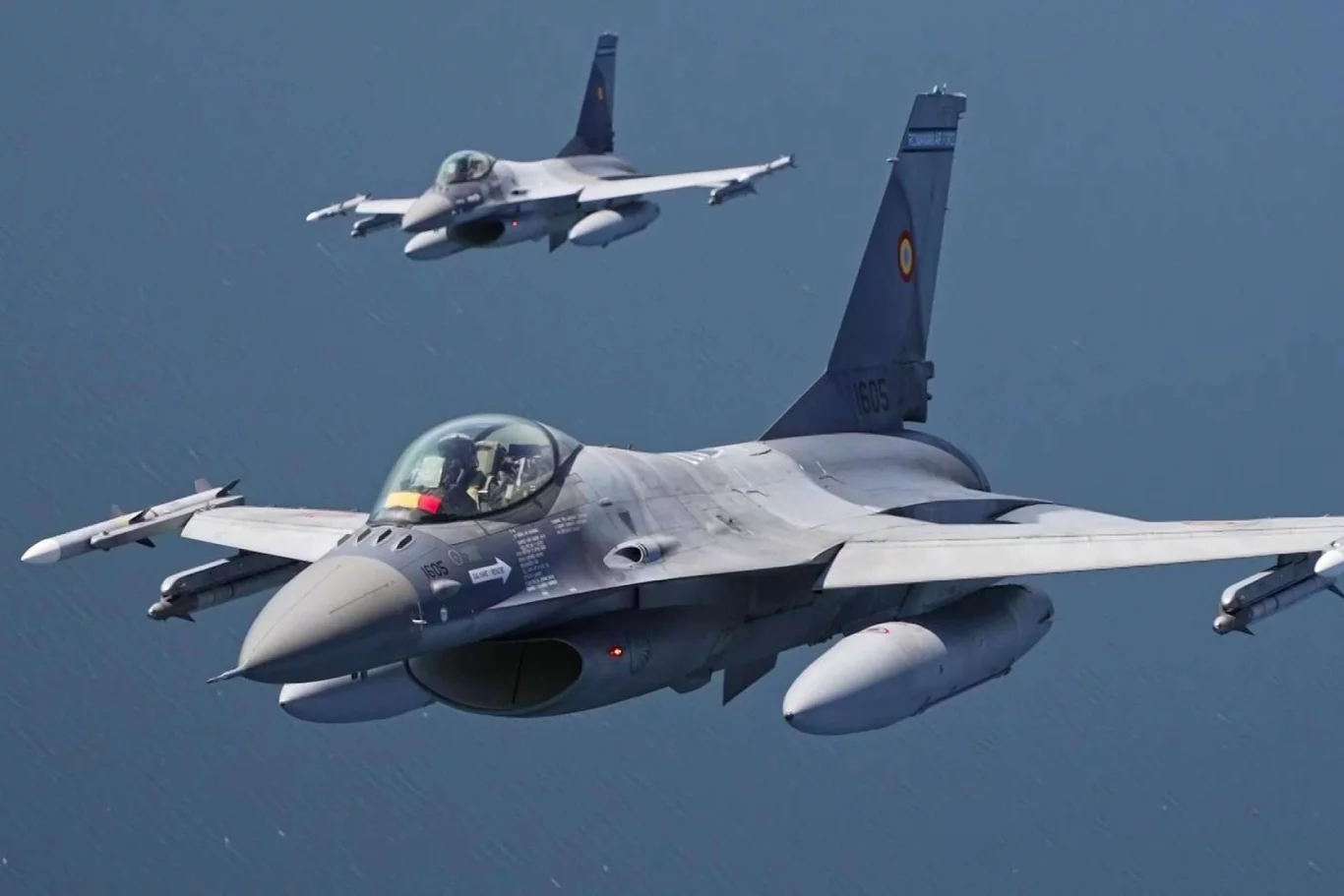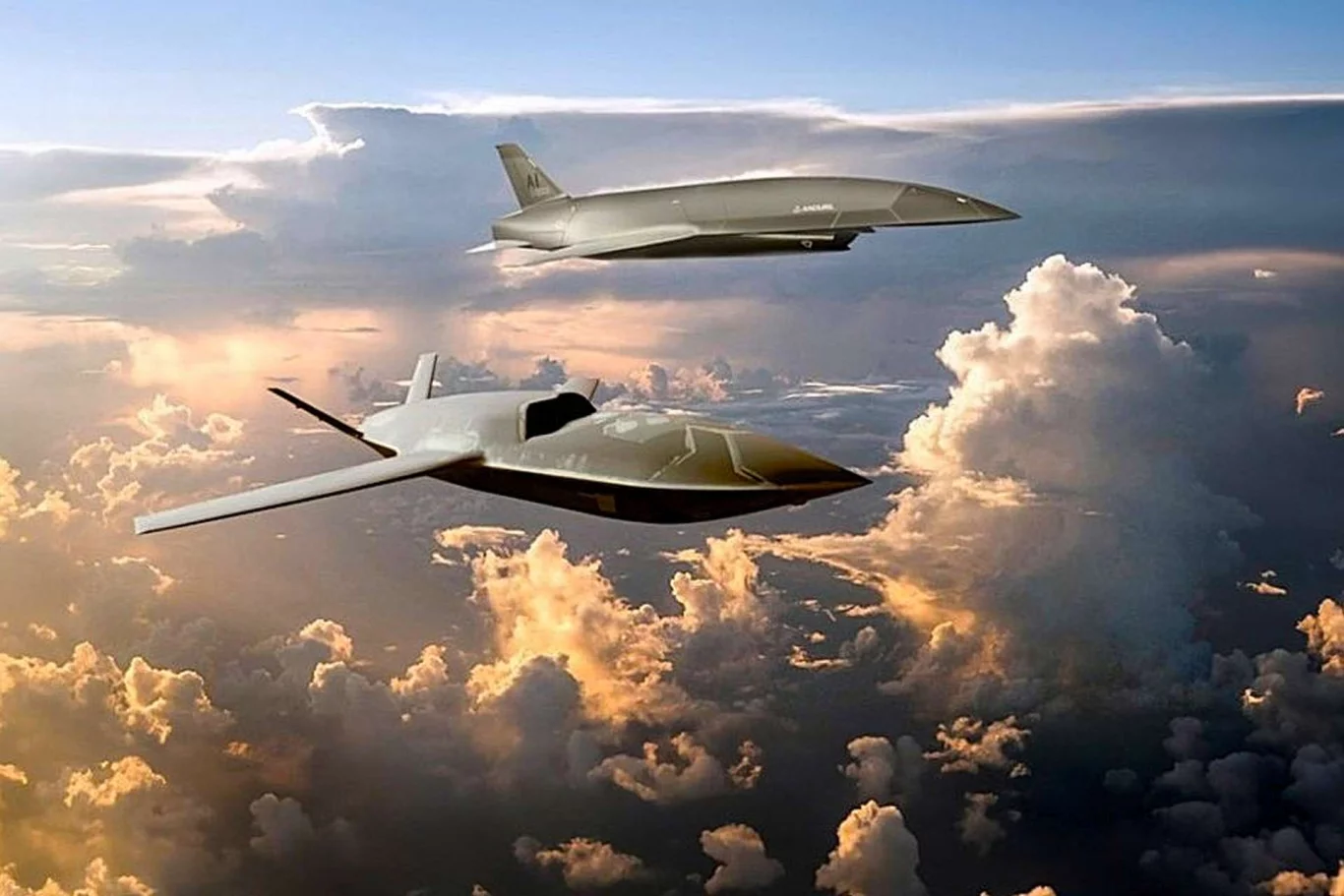Introduction:
In the high-stakes world of international diplomacy and defense procurement, few acquisitions carry as much weight and geopolitical significance as the F-35 fighter jet. Often hailed as the most advanced combat aircraft ever built, its stealth capabilities, sensor fusion, and networked warfare potential make it a game-changer for any air force. For years, Morocco has expressed keen interest in acquiring this formidable aircraft, engaging in ongoing discussions with the United States. This isn’t merely about upgrading an air fleet; it’s a complex tango of regional power dynamics, strategic alliances, and the delicate balance of interests in a crucial corner of the world.
Morocco’s Strategic Ambitions: A Modern Air Force for a Modern Era:
Morocco has long been a key strategic partner for the United States in North Africa, playing a vital role in regional stability and counter-terrorism efforts. The Royal Moroccan Air Force (RMAF) has been on a consistent path of modernization, having previously acquired advanced F-16 C/D Block 52+ aircraft, which itself was a significant upgrade. However, the F-35 represents an entirely different league. For Rabat, acquiring the F-35 is about several critical objectives:
- Regional Deterrence: In a region marked by evolving threats and geopolitical sensitivities, particularly with neighboring Algeria’s significant military investments, the F-35 would provide Morocco with an unmatched qualitative edge, bolstering its deterrence capabilities.
- Interoperability with Allies: As a close ally of the US, operating the F-35 would further enhance interoperability with American and NATO forces, crucial for joint exercises and potential coalition operations.
- Technological Advancement: The F-35 isn’t just a plane; it’s a flying computer network. Its acquisition would propel Morocco’s defense capabilities into the next generation, integrating advanced stealth, electronic warfare, and data-sharing technologies.
- Prestige and Influence: Ownership of such an advanced platform also carries significant prestige, solidifying Morocco’s position as a leading military power in North Africa and beyond.
The US Perspective: Balancing Alliances and Regional Stability:
For the United States, the decision to sell F-35s is never straightforward. It involves a meticulous assessment of numerous factors:
- Maintaining a Qualitative Military Edge (QME): A primary concern for the US, particularly in the Middle East, is ensuring Israel maintains its Qualitative Military Edge. Any F-35 sale in the region is scrutinized through this lens. While Morocco is geographically distinct from Israel’s immediate neighborhood, the precedent and technology transfer implications are always considered.
- Strategic Partnership: Morocco’s steadfast alliance with the US is a strong point in its favor. The US values Morocco’s contributions to regional security and stability, making it a deserving candidate for advanced defense technologies.
- Technology Security: The F-35 is packed with highly sensitive technology. The US must be confident that the recipient nation has robust security protocols in place to prevent espionage or unauthorized access to its classified systems.
- Regional Stability: The US seeks to promote stability. Selling advanced weaponry to one nation can sometimes be perceived as escalatory by another, potentially fueling an arms race. Washington must weigh the benefits of strengthening an ally against the risk of unsettling regional balances.
- Economic and Industrial Factors: Large defense sales also have significant economic implications for the US, supporting American jobs and industries.
The Hurdles and the Waiting Game:
Despite Morocco’s strong interest and its close relationship with the US, the path to acquiring the F-35 is fraught with complexities. The discussions have been ongoing for a considerable period, indicative of the thorough due diligence and careful political considerations involved.
- Algerian Factor: The long-standing rivalry between Morocco and Algeria, and Algeria’s own substantial military arsenal (largely Russian-supplied), adds a delicate layer to the F-35 discussions. The US would need to consider how such a sale might impact this regional dynamic.
- Cost and Infrastructure: The F-35 is incredibly expensive, not just in terms of initial purchase price but also for its sustainment, maintenance, and the necessary infrastructure upgrades to operate it effectively. Morocco would need to demonstrate its long-term financial and logistical capacity.
- Training and Integration: Operating the F-35 requires extensive pilot training, maintenance crew expertise, and integration into existing command and control systems – a multi-year undertaking.
Beyond the F-35: A Broader Defense Relationship:
Even as talks about the F-35 continue, the US-Morocco defense relationship remains robust and multifaceted. Morocco regularly participates in joint military exercises with the US, such as African Lion, demonstrating a high degree of interoperability. The US has also approved other significant arms sales to Morocco, including attack helicopters, precision-guided munitions, and upgrades to its existing F-16 fleet. These ongoing sales and collaborations underscore the strategic importance of Morocco to the US and highlight a commitment to strengthening its defense capabilities, even if the F-35 remains a subject of protracted negotiations.
Conclusion:
Morocco’s aspiration to acquire the F-35 fighter jet is more than a simple shopping list item; it’s a strategic imperative for a nation committed to its security and regional influence. For the United States, the potential sale represents a complex decision, weighing the benefits of bolstering a key ally against the intricate tapestry of regional geopolitics, security concerns, and the need to maintain delicate balances. As the discussions continue, the world watches, understanding that the outcome will not only shape the future of Morocco’s air force but also ripple across the strategic landscape of North Africa and beyond. The F-35 saga is a compelling illustration of how defense procurement is intrinsically linked to grand strategy and international relations.




